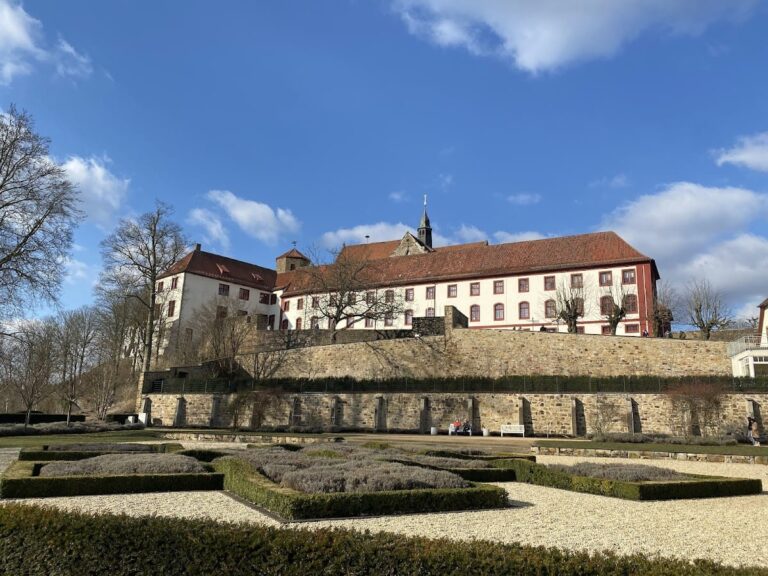Haskenau: A Medieval Motte Castle in Münster, Germany
Visitor Information
Google Rating: 4.3
Popularity: Very Low
Google Maps: View on Google Maps
Official Website: www.muenster.de
Country: Germany
Civilization: Unclassified
Remains: Military
History
Haskenau is a former motte castle situated in Münster, Germany. Its origins trace back to the early medieval period, with evidence of settlement activity from the Frankish era. Archaeological discoveries including pottery fragments suggest that the site was already in use during the time of the Carolingian dynasty.
During the 12th century, a significant castle was established on the location’s central raised earthwork, known as a motte. This castle, built of wood or stone, occupied a mound roughly 30 meters across and elevated about 5 to 6 meters above the surrounding land, placing it nearly 11 meters above the local water level. Medieval documents likely referenced the site under the name “Sconowe,” which evolved into Schönau or Hohenschönau in later records.
By the early 13th century, Haskenau played an active role in regional nobility, inhabited by figures such as Knight Hermann I of Münster around 1226. Descriptions from the later 13th century classify it as a fortified residence, or “mansio,” reflecting its defensive and domestic functions. In the early 14th century, ownership changed hands when descendants of the original occupants pledged and eventually sold the property to the cathedral chapter of Münster in 1324. The bishops of Münster subsequently took responsibility for protecting the estate’s rights and revenues during the 15th century.
In the mid-15th century, Haskenau passed to Christina von Cleyhorst and then to her son, Johann IV Droste zu Hülshoff. The castle remained in the Droste zu Hülshoff family for four generations, including the mayor of Münster, Everwin II von Droste zu Handorf. Evidence from this period points to agricultural use typical of motte castles, with the estate supporting nearby farming activities.
By the early 17th century, the site had lost its strategic importance and was documented primarily as a pig-fattening farm within the bishopric’s lands. Today, Haskenau survives only as a set of earthworks. A former theory from the 1930s suggested the mound was a Roman burial site related to the Battle of the Teutoburg Forest, but this idea has been disproven following excavations in 1936. Since 1987, the location has been protected as a cultural monument.
Remains
The Haskenau site is defined by a central motte measuring about 30 meters in diameter and rising 5 to 6 meters above the immediate surroundings. This elevated mound was the foundation for the original castle and was encircled by a moat, which served as a defensive water barrier. Around the motte, an inner embankment approximately five meters wide reinforced the fortifications, creating a protected area atop the mound.
Surrounding the core structure at a distance of roughly 60 meters, an outer defensive wall enclosed a larger fortified zone. Part of this enclosure included an outer bailey, or Vorwerk, whose southern segment dates back to the 13th century, indicating the expansion of the castle’s defenses over time. Archaeological excavations revealed traces of a palisade fence, suggesting wooden fortifications complemented the stone and earth works.
Between the central motte and the outer wall lay agricultural buildings and farmsteads, consistent with the castle’s role in managing local farming activity. These areas remained in use for livestock and pig fattening as late as 1611, showing a transition from military to agricultural functions. Overall, the fortification covered about 2.5 hectares, reflecting a substantial medieval estate.
Today, only earth formations survive at the site. The motte stands prominently with its surrounding moat and ramparts still visible, as do the inner and outer embankments and traces of the bailey. These landscape features preserve the outline of the former castle complex in situ. Excavations conducted over the years have uncovered pottery fragments ranging from the Carolingian period through to the 16th century, providing material evidence of continuous occupation and agricultural use. No inscriptions or decorative architectural elements have been found, and the surviving remains consist exclusively of earthworks and defensive ditches.










